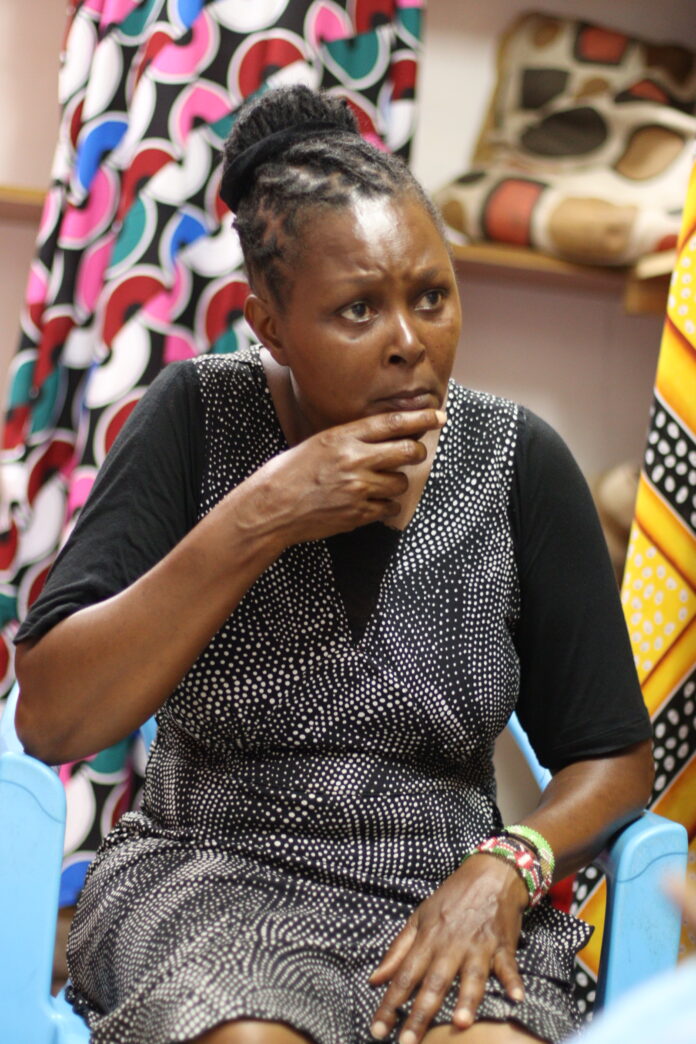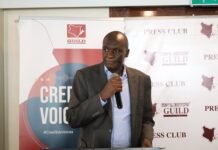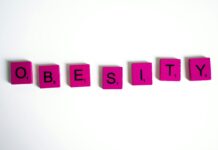By Ruth Keah
Kilifi County, Kenya: When she was three months pregnant at the age of 17, Priscillah Kibicho found herself abandoned by her boyfriend, facing a future fraught with uncertainty and fear as a deaf single mother.
She recalls feeling severe anxiety about sharing her pregnancy with her parents, which became worse after hearing tales of deaf mothers dying during childbirth because they could not communicate with their healthcare providers.
“I harbored deep fears about revealing my pregnancy status to my parents, and my friends often cautioned me that deaf pregnant women are more likely to die during delivery because of the communication barriers between us and the nurses,” she confided.
In desperation, Priscillah tried to terminate her pregnancy using traditional concoctions, she said. When it failed, she chose to keep the baby but did not access antenatal care services throughout the entire pregnancy. She knew that explaining her situation at the health clinic would be difficult, and the only person who could help her was her mother, whom she didn’t want to know of her condition.
“One day, I woke up feeling unwell, and my mother insisted on taking me to the hospital. It was during that visit when my mother discovered that I was pregnant, and I was just one week away from giving birth,” Priscilla said.
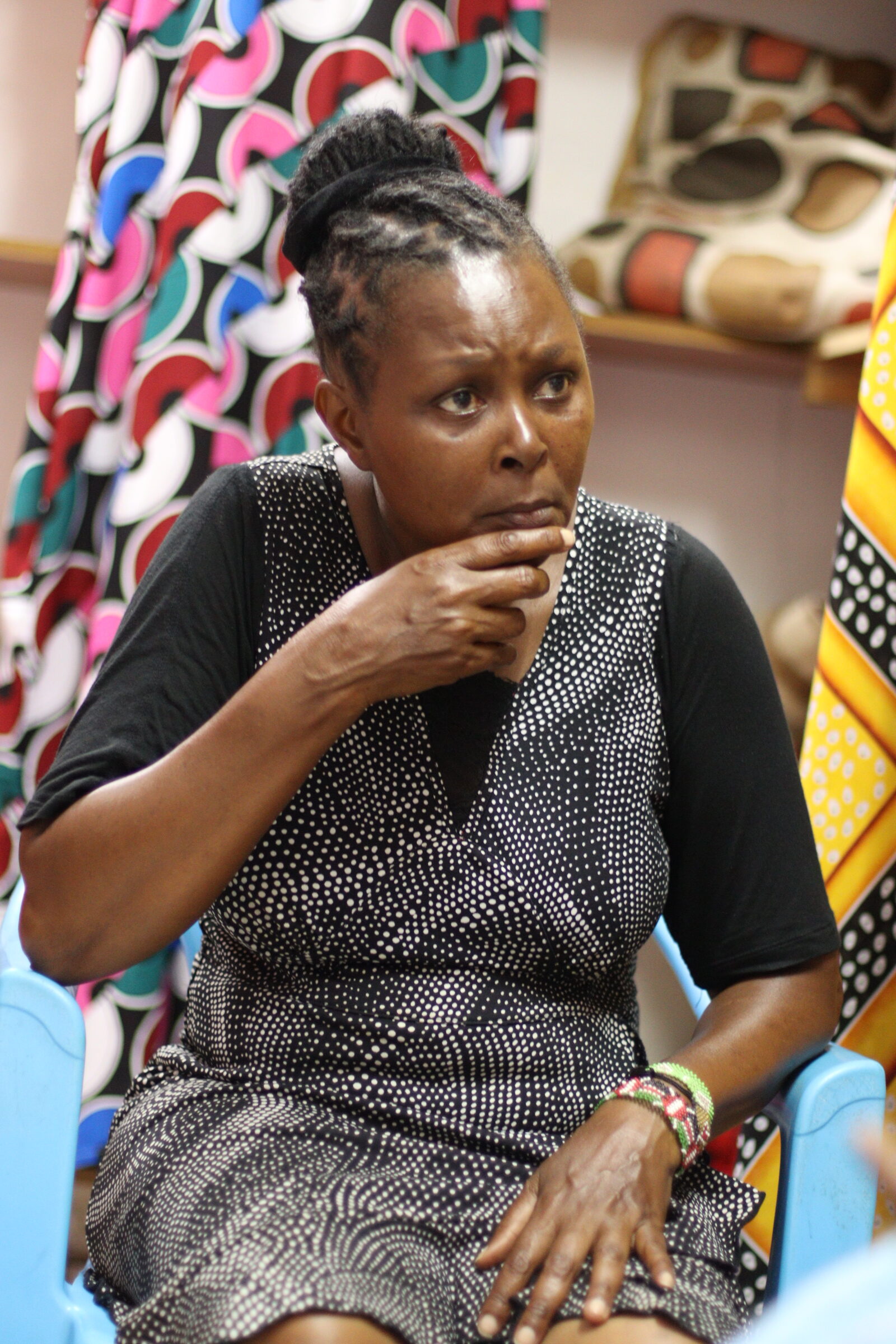
“The healthcare experts advised my mother to bring me back to the hospital after a week, and that’s when they scheduled me for a cesarean section,” she said. The nurses had told her mother that the baby faced various risks due to Priscillah not accessing care earlier in the pregnancy.
The now 47-year-old mother of one from the Malindi constituency of Kilifi County is among the 1 in 150,000 people in Kenya who are deaf, according to the development initiative Statistics from the 2019 census in Kenya. She was born deaf and three of her siblings are also deaf.
To address the barriers facing women like Priscilla, the Kilifi County government began funding the training of sign language interpreters in 2016. The aim was to help deaf women communicate with the healthcare workers when they seek reproductive health services, enabling them to ask questions and fully understand the information provided to them.
“If we had sign language interpreters, I would have attended all the prenatal clinics without fear and received the proper information, care, and vaccines, just like any other pregnant mother,” she said.
THE PRENATAL JOURNEY: ‘I knew communication might be a challenge’
Adequate prenatal care in Kenya means at least 4 antenatal visits during which expectant mothers receive medical check-ups, ultrasound scans, guidance, nutritional advice, vaccinations, blood pressure monitoring, and tests for conditions such as HIV and malaria. This plays a vital role in identifying and addressing any potential complications early on, reducing the risk of maternal and infant mortality, and ensuring a healthy pregnancy.
Mary Muthoki, a 36-year-old mother of one from Kilifi, became deaf at the age of nine, after becoming infected with mumps. She became pregnant with her partner at the age of 21 and had been prepared to do what was needed to ensure a healthy pregnancy as a deaf mother, she said. Mary made sure to attend all her prenatal appointments, accompanied by her mother who helped communicate with healthcare providers at the hospital.
“I was nervous about my first clinic visit because I knew communication might be a challenge,” shared Mary, a dedicated teacher. “So, I went with my mother, who explained my disability to the nurses. After that, I gained the confidence to attend subsequent appointments on my own, using writing to communicate with the nurses,” she explained.
During labor, Mary said she faced an incredibly tough time, but her lifeline was her mother, who translated her experiences and feelings to the nurses in the labor ward. But many deaf women do not have such support, income, or education.
According to the Kenya Demographic and Health Survey 2022, among the 32,074 females with disabilities included in the survey, 14.6 percent of deaf women (more than 1 in 7) have not received any formal education, while 5.5 percent (1 in 20) have completed their secondary education, and 2.3 percent have education beyond the secondary level. Additionally, 9.4 percent of these women (almost 1 in 10) are living in poverty, while 5.7 percent fall into the middle-class category.
STIGMATIZED, ISOLATED AND UNINFORMED
Priscillah and Mary said they both faced stigma and discrimination during their pregnancies, as people in their community tend to view deaf persons as incapable of getting pregnant, leading to negative perceptions and social isolation.
“People often assume deaf people don’t have feelings, we don’t go on dates, we never get into relationships or get heartbreaks and even don’t get pregnant,” said Priscillah.
A 2012 report by the Kenya National Commission stated that discrimination and stigma is shown towards people with disabilities through a “lack of informed consent regarding the medical procedures to be performed on them, with some going through medical operations like hysterectomy and caesarean sections without their consent, difficulties in accessing health facilities due to unfriendly infrastructure, high cost of SRH services given that most are poor, sexual harassment and mistreatment by health care providers.”
The report also said information was difficult to access due to the unfriendly formats in which it is presented, such as a lack of sign language for deaf people.
Mary said when she was visiting clinics and people who sat around her noticed that she was deaf, they moved away, assuming that the deaf individual might have mental health issues. She pointed out that healthcare workers also tend to treat deaf individuals differently.
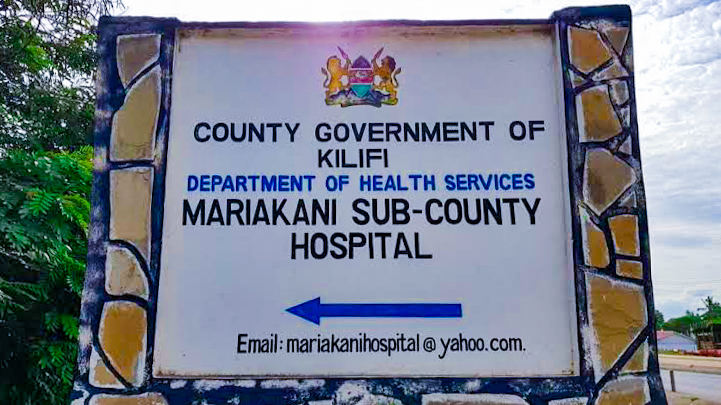
“Sometimes at the health facilities deaf people are often made to wait and receive service last because the service providers assume that the deaf require more time and effort, which is not true,’ Mary said.
Now, more than 11 years after the Kenya National Commission report was published, the situation is improving, but slowly, according to Peter Mwarogo, the Kilifi County Executive Committee Member (CECM).
“The situation is improving now. In the past, it was extremely challenging to have even a single sign language interpreter available at health facilities. However, thanks to the county government’s efforts, we have sponsored staff from various departments to study sign language,” he said.
A recent study reviewed data on the experiences of deaf women during pregnancy on a global scale, and found that deaf women were unsatisfied with antenatal care services and faced communication challenges. This, in turn, affected attendance and health outcomes. The findings included the belief of healthcare workers that deaf women required more time and patience.
While Mary received check-ups and services like vaccines and tests during her pregnancy, she feels she missed out on educational classes due to the communication barriers she faced.
“I believe I missed out on a lot of the lessons provided at the health facility; my mother had to teach me most of what I needed to know at home,” she shared.
But involving a third party in such sensitive conversations breached the confidentiality rules surrounding health matters.
Enos Opiyo is the programmes Co-ordinator at Dream Achievers Youth Organization (DAYO), which works with young people and socially excluded groups, including persons with disabilities, in Kilifi County. He said that most hospitals in the county do not have sign language interpreters, which significantly hampers the ability of the deaf community to access accurate information when seeking healthcare services.
“It becomes even more complicated when it comes to testing for certain diseases, such as HIV. You need someone to interpret for them, and by doing so, you’ve already breached the confidentiality rule. There is no secrecy,” he concluded.
BREAKING THE BARRIERS
With the formation of county governments in Kenya in 2012, Kilifi County took a pioneering step by selecting healthcare providers for training in sign language in 2016.
Christine Mgagha is a dedicated nurse at Mariakani Level 4 Hospital in Kilifi County, where she has been serving since 2009. In 2016, Christine, along with her colleague, was chosen to undergo sign language training at the University of Nairobi’s Mombasa branch.
“I was a little bit hesitant at first because I had no prior knowledge of sign language, and again I was to take my annual leave to go and rest. However, I gathered the courage, attended the training, and now, I can proudly say that I am a member of the deaf community. she said, beaming with pride.
Christine provides step-by-step guidance for deaf mothers, and in the seven years following her training, she has cared for more than ten deaf pregnant women at the hospital, some of whom even traveled from neighboring Kwale County for her specialized assistance.
“I normally have a one on one communication through sign language with them. Every month, we cover a new topic, explaining what they need to do. I also take them on a tour of the maternity ward so that they can see for themselves and be well-prepared,” she said.
“They normally feel happy and recognised. Some of them even come to say ‘hi’ to me after their deliveries and during their leisure time,” she shared.
Mwarogo said that the county has a team of 11 health experts who are trained in sign language. Among them, 5 work at Kilifi County Referral Hospital, 4 at Mariakani Level 4 Hospital, and 2 at Malindi Sub-County Hospital.
They serve a population of 1,453,787 people, of which 0.6 percent (almost 9000 people) are deaf, according to the 2019 census report .
Mwarogo said the county plans to train at least 5 healthcare providers in sign language every year as one of their key initiatives.
“You know, it’s a matter of personal interest for someone to willingly agree to be trained in sign language; you can’t force anyone, so, we urge healthcare providers to come forward, and if we can successfully train five each year, we are confident that we will make significant progress in closing the gap,” he said.
Mathias Tsuma is the Chief executive officer Kilifi county and National Council for persons with disability. He said as a council, they have taken the initiative to train government employees who provide essential services to the public in sign language. These include doctors and nurses in general who are expected to offer sign language interpretation not only to deaf mothers who attend prenatal clinics, but also the deaf who seek medical services in the health facilities.
“This is just one of the many programs and strategies we are implementing to ensure that individuals with disabilities receive all the necessary services without facing any discrimination. But again we call upon all stakeholders to prioritize sign language in their offices,” he said.
For pregnant women, “sign language can assist healthcare providers in recognizing when a deaf individual is in labor and ensuring they receive the same level of care as anyone else,” he said.
Christine, on the other hand, believes the government needs to integrate sign language education into all Kenya Medical Training Colleges (KMTC) to ensure that 100 percent of healthcare professionals can provide services to everyone without discrimination. She also wants them, and parents, to ensure deaf women enroll in school at an early age, sharing that one of the biggest challenges for her is communicating with deaf women who did not attend school.
“Good health is a primary need, and yet the deaf community is often denied that basic right,” she stressed. “Therefore, it is of paramount importance for all healthcare workers to be proficient in sign language to provide for them services at any time,”

